History, Art and Identity

5 Thought-Provoking Works of Art That Challenge Conventional Views on Gender and Sexuality.
Here are 5 works of art that demonstrate that symbolic depictions that comment on gender and sexuality have existed for centuries. I discovered these works and their significance at QueerArtHistory.com, an art history and educational platform devoted to queer art and culture. These historical works offer fresh and thought-provoking viewpoints on gender, identity and sexuality. The symbolism of the fox and bird in Gauguin’s work (below) is particularly fascinating!
The Sorcerer of Hiva Oa by Paul Gauguin
Paul Gauguin’s (French, 1848–1903) portrayal of Indigenous people has been criticized for cultural exploitation and the incorporation of Westernized concepts in his work. The Sorcerer of Hiva Oa (Marquesan Man in the Red Cape) draws inspiration from his journey to the Polynesian Islands, where he believed he would find a culture untouched by European influence. In the work, he depicts a māhū individual from Hiva Oa, who identifies as a third gender embracing both male and female roles. Gauguin challenges Western gender norms and highlights the spiritual aspects and healing abilities associated with māhū individuals. The fox and bird in the lower right symbolize conversation and harmony between male and female genders, reflecting the māhū individual’s gender identity.

Dancing Sailors by Charles Demuth
Charles Demuth (American, 1883–1935) explored male intimacy and queer dynamics in the early 20th century through his artwork. In Dancing Sailors, the artist depicts two male sailors gazing at each other while dancing with women. The intensity of their gazes suggests a deeper connection amid the societal expectation of dancing with women. An emphasis on the sailors’ muscular bodies and outlined buttocks serves to highlight their physical allure and erotic undertones. Demuth’s work challenges traditional notions of masculinity and offers a glimpse into the complexity of queer relationships during that era.
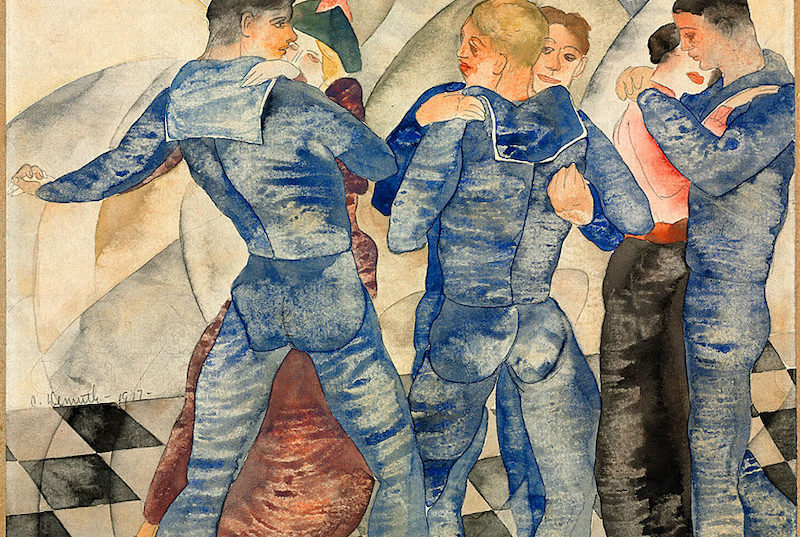
Two Nudes in the Forest (The Earth Itself) by Frida Kahlo
Frida Kahlo (1907–1954), the famed Mexican artist, embraced her country’s culture and heritage in her art. Her works reflects her identity, passions and pain, all of which were influenced by her experiences with polio, a near-fatal bus accident, and subsequent health issues and miscarriages. Kahlo was bisexual, but her intense relationship with fellow painter, Diego Rivera, was a significant part of her life. The painting, Two Nudes in the Forest (The Earth Itself), was originally intended as a gift for Kahlo’s partner, Delores del Rio. Symbolically, the two women in the painting represent feminine sexuality and Kahlo’s dual identities as European and Mestiza. The presence of a monkey symbolizes Kahlo’s ownership of spider monkeys, as well as the themes of sin and sexual promiscuity often depicted in her art.
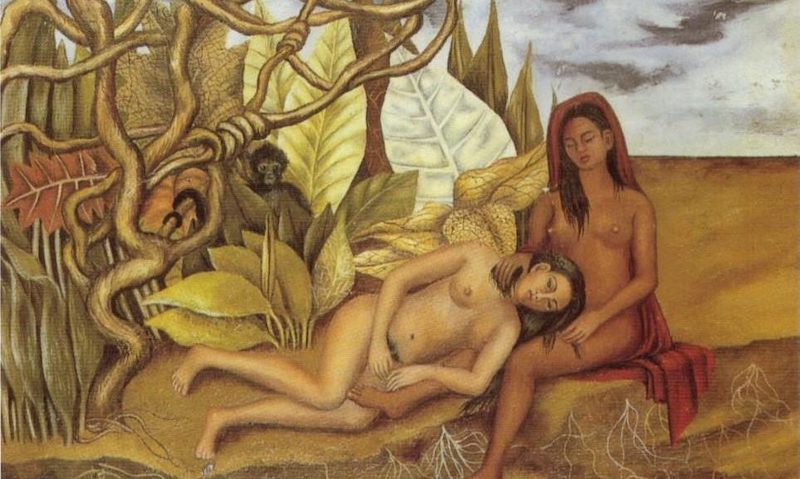
Diana and Actaeon by Titian
Titian (d. 1576), the renowned 16th-century Italian Renaissance painter, was celebrated for religious art based on Catholic themes, as well as scenes from Greek and Roman mythology. His work reflects the revived interest in ancient Greece and Rome during the Italian Renaissance. Diana and Actaeon portrays the fateful encounter of the hunter Actaeon with Diana, the goddess of the moon, the hunt and fertility (known as Artemis in Greek mythology), and her attendants. The painting captures the moment before Actaeon is transformed into a stag and hunted down for intruding upon their sacred space. It symbolizes the male fear and longing for desires that should remain unshared, emphasized by Diana’s sensual relationships with her attendants.
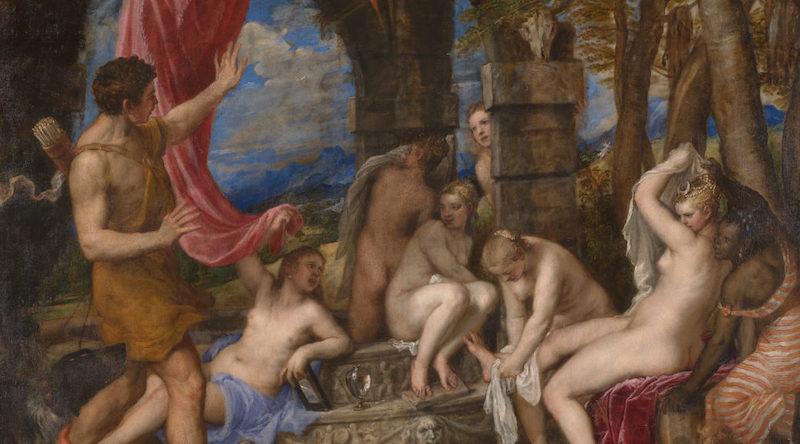
The Musicians by Caravaggio
Caravaggio (Italian, 1571–1610), known for his dramatic use of chiaroscuro, created works that were both sensual and dreamlike. The Musicians captures a homosocial gathering centered around music and its association with love. The presence of a cupid on the left side of the artwork symbolizes the connection between music and romantic affection. Caravaggio’s technique, with figures emerging from shadows like actors in a theatrical spotlight, adds to the overall dramatic atmosphere of the painting.
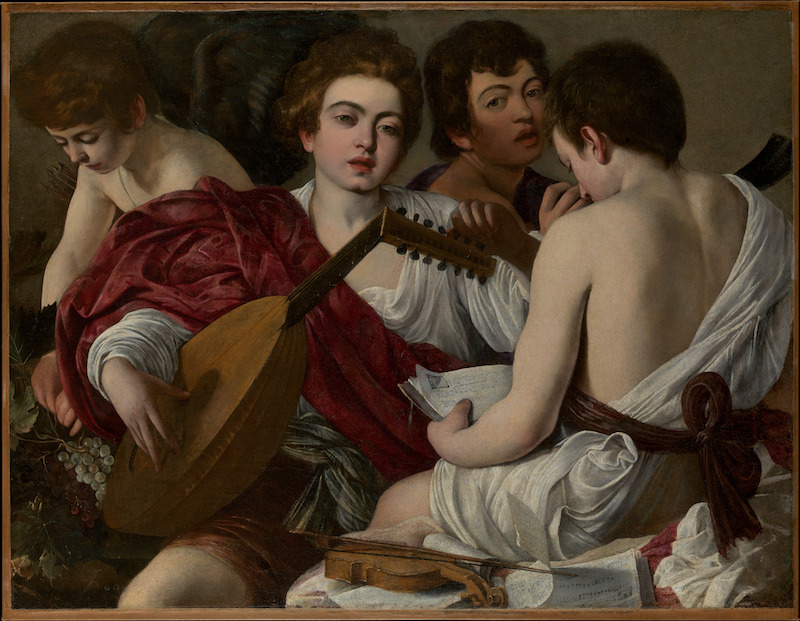
There are many other examples of historical works that comment on gender and sexuality. What did we miss?
Enjoying this article? Sign up for our monthly exclusive events.
From Our Shop
-
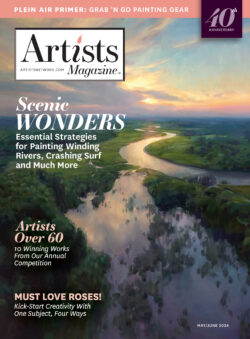 Artists Magazine May/June 2024 Digital Edition
Artists Magazine May/June 2024 Digital Edition$9.99$5.99 -
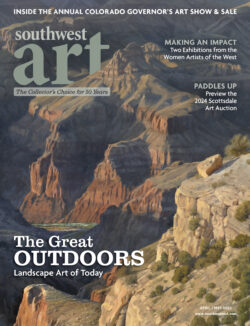 Southwest Art April/May 2024 Digital Edition
Southwest Art April/May 2024 Digital Edition$9.99$5.99 -
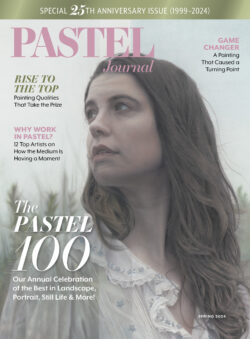 Pastel Journal Spring 2024 Digital Edition
Pastel Journal Spring 2024 Digital Edition$9.99$5.99

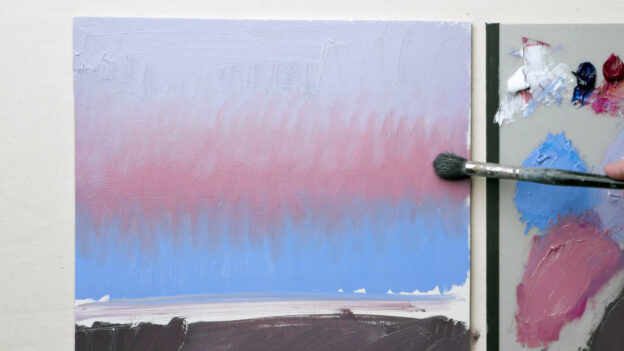
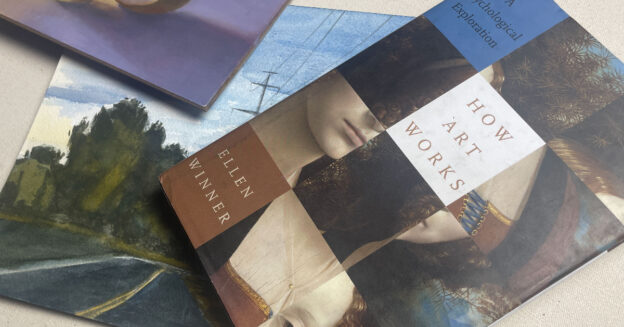

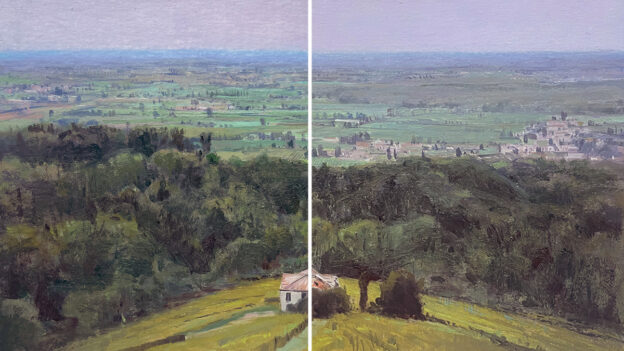

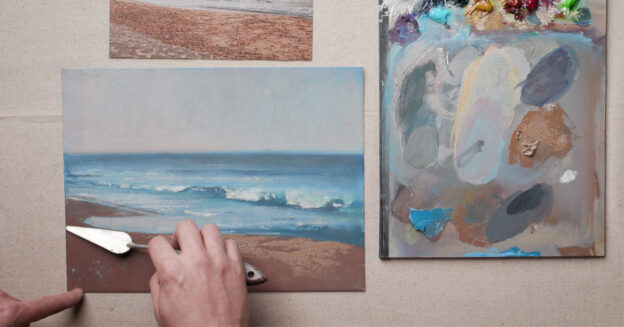
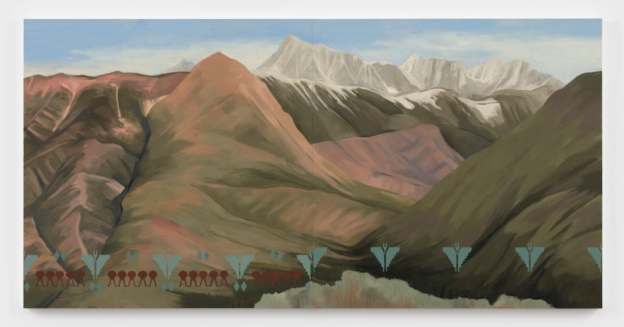

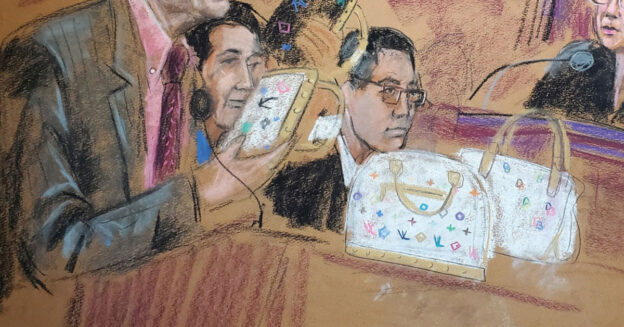

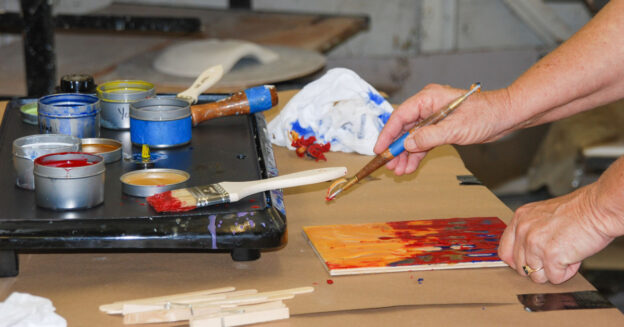

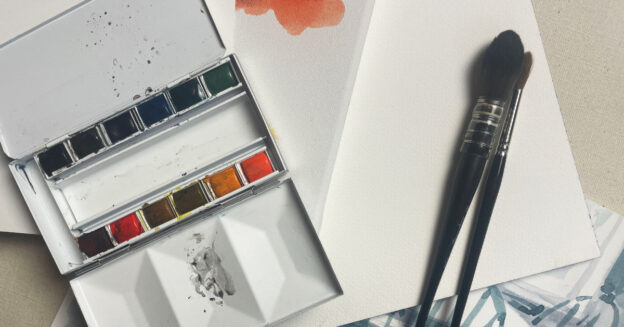

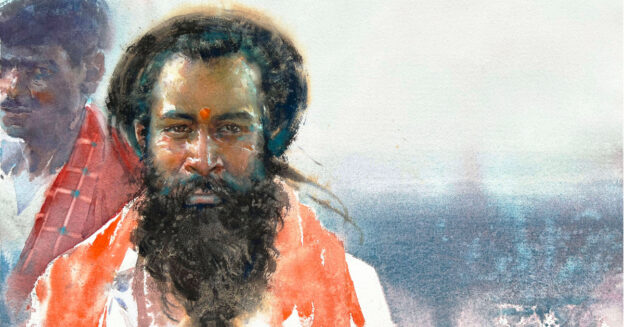
Join the Conversation!